Plum Blossoms in Japan: Cultural Background and Top 5 Locations

While cherry blossoms may attract a lot of attention, plum blossoms hold a special place in Japanese culture. We introduce the features and the history of this charming bloom, along with five excellent places to enjoy them in Japan.
Closer to my home
I brought them and replanted,
But to no avail;
All they do is keep me waiting,
Those lustrous flowers!
Poem by Fujiwara no Kanesuke (877-933), from the Gosenshu anthology.
Plum Blossoms in Japan
Plum Blossoms in Japanese Culture
Top 5 Plum Blossom Gardens in Japan
1. Dazaifu Tenmangu Shrine, Fukuoka
2. Kitano Tenmangu Shrine, Kyoto
3. Yushima Tenjin Shrine, Tokyo
4. Koishikawa Korakuen Garden, Tokyo
5. Setagaya Plum Blossom Festival, Tokyo
Plum Blossoms: The True Flower of Spring in Japan

Plum blossoms, or ume, as they are called in Japanese, are the herald of spring in Japan. With a blooming season that starts in early February in some parts of Japan and may last until the end of March, plum blossoms are considered by historians to be the original flower that started off the tradition of hanami (flower viewing parties) in Japan.
Plum trees were initially introduced to Japan from China and were considered ornamental trees intended for the gardens of the nobility and public spaces. Associated with good fortune, plum blossoms, plums, and the trees themselves are thought to ward off evil, so you will often find them planted around shrines, temples, or other spiritual areas.
Plum blossoms are also a common kimono, obi, and Japanese fabric motif, as you can see in the photo above. They are often associated with a sense of maturity, and are also depicted in many works of art alongside the Japanese bush warbler (”uguisu” in Japanese). In fact, if you play the traditional card game hanafuda, the cards for February are illustrated with the ume and the uguisu.
Ume remained the de rigueur flower of spring well into the Nara period (710 - 784) and the earliest years of the Heian era (794 - 1185). But by the time the Heian period had properly started, cherry blossoms had taken the place of the ume, relegating them to a much lesser position within the arts and seasonal activities as a whole.
Top 5 Plum Blossom Gardens in Japan

If you will be traveling in Japan during the months of February and March, be sure to keep an eye out for these flowers. Plum blossoms come in colors ranging from a pink that is almost white to deep pinkish reds, and come in five or multi-petaled varieties.
Much like the cherry tree, plum blossoms have also been selectively bred and adapted into different forms over time, leading to varieties such as the yae-ume, which has multiple petals, to the shidare-ume, or weeping plum tree.
The easiest way to tell plum blossoms apart from cherry and peach blossoms is to smell them. Plum blossoms have a strong, sweet scent that lingers just enough in the air.
1. Dazaifu Tenmangu Shrine in Fukuoka
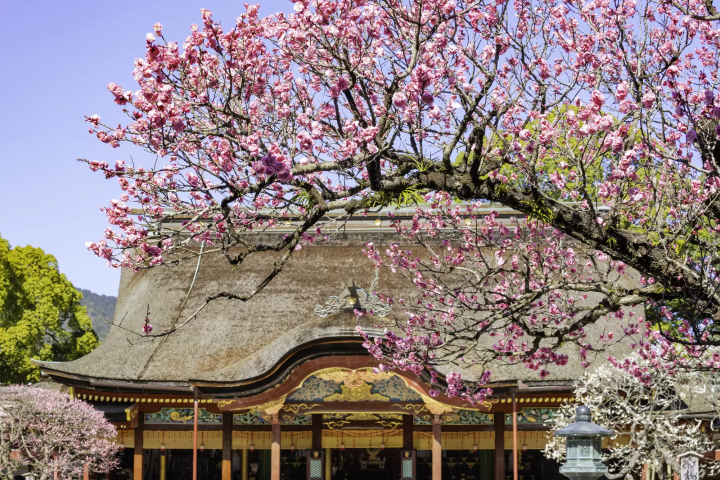
Photo by Pixta
Dazaifu Tenmangu Shrine in Fukuoka is one of the prominent shrines that are popular as destinations for ume blossom viewing.
Sugawara no Michizane, a scholar, poet, and politician who lived during the Heian era, was exceptionally fond of plum blossoms.
According to a legend, it is said that when Michizane was removed from his high scholarly position at the imperial court and appointed to a minor official post in Kyushu's Dazaifu region, his favorite plum tree flew all the way to Kyushu to be near Michizane.
After his later exile and death, Michizane became deified as Tenman-Tenjin, the guardian deity of learning, which is why all Tenjin or Tenmangu shrines across Japan are famous for their plum blossom festivals.
Read also
2. Kitano Tenmangu Shrine in Kyoto
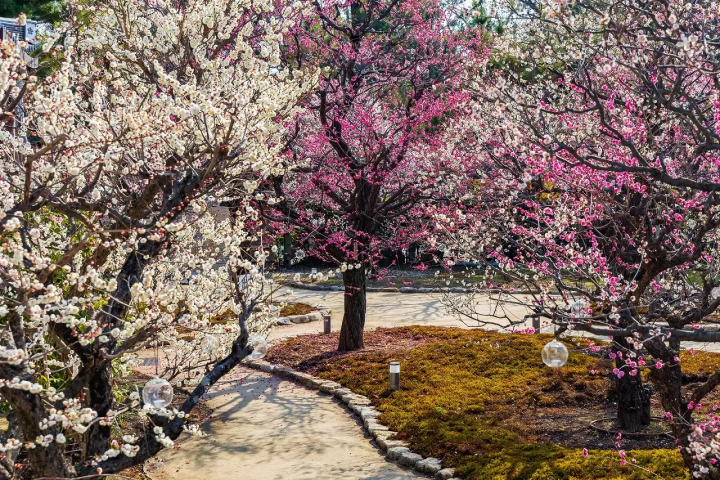
Photo by Pixta
Kitano Tenmangu Shrine in Kyoto has a plum blossom garden with about 1,500 trees of 50 varieties.
Every year, the shrine holds a plum blossom festival that culminates around February 25. It is one of the best places to enjoy early spring in Kyoto!
Read also
3. Yushima Tenjin Shrine in Tokyo

Photo by Pixta
If you would like to see a stunning plum blossom festival, then by all means, visit Tokyo's Yushima Tenjin Shrine, which has an annual Ume Matsuri held in February.
4. Koishikawa Korakuen Garden in Tokyo

Photo by Pixta
If you are interested in having a ‘real’ hanami, then I recommend paying a visit to Koishikawa Korakuen, a public park with stunning seasonal flowers and plenty of plum trees to view.
Although the weather is a little chilly to sit outside and enjoy the blossoms for long, you can get a hint of what such an event must have been like here.
Read also
5. Setagaya Plum Blossom Festival in Tokyo
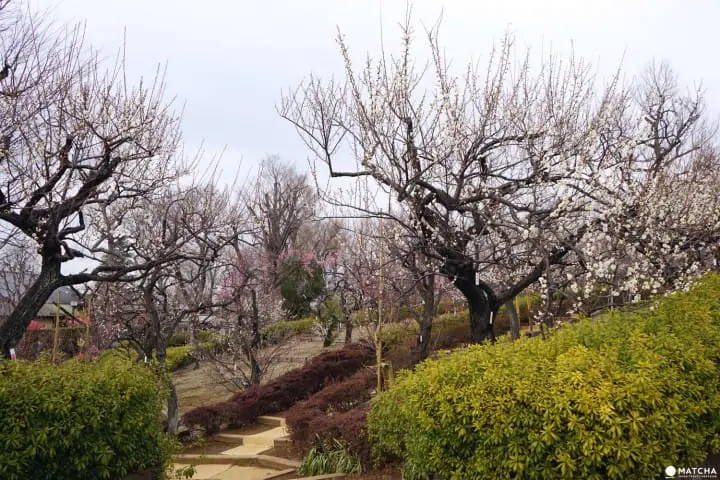
Tokyo's Hanegi Park hosts the annual Setagaya Plum Blossom Festival, one of the largest celebrations of plum blossoms in Tokyo.
If you visit the park in February, you'll be able to enjoy the blossoms of around 650 plum trees: 270 trees with red blooms and 380 trees with white blooms.
During the festival, there are food stalls in the park offering treats and products made with plums.
Final Thought

A branch of plum
Blossoms was his roost,
All completely ruined now;
To the cherry has shifted
The warbler’s song.
- Author unknown, part of the Sengohyakuban Uta Awase (poetry contest in 1201)
The beautiful features of the plum blossoms, as well as the fascinating legends surrounding these flowers, make them a symbol of spring that is worth checking out if you're visiting Japan during the first months of the year.
Writer, translator, designer, weirdo.













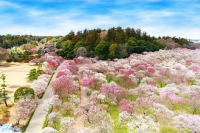


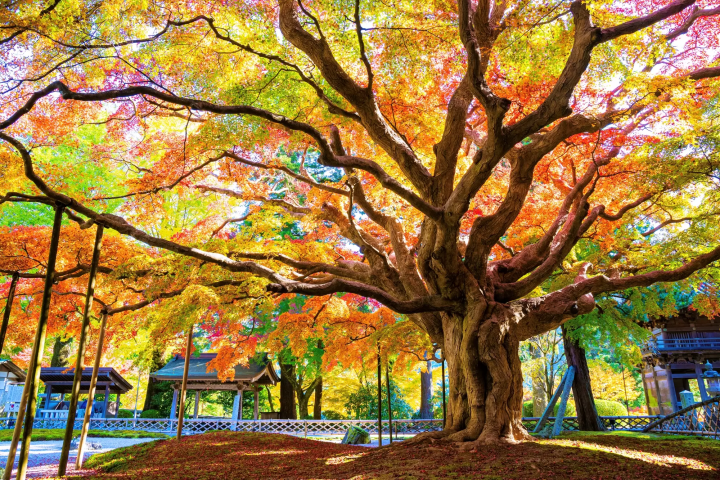































![[Coupon Available] Attention Overseas Winter Sports Fans! Nagano's Sports Depot Has Evolved](https://resources.matcha-jp.com/resize/720x2000/2026/01/05-254819.webp)
![[2 hours from Tokyo ] 10 Quiet and Breathtaking Views of Mount Fuji in Yamanashi Hokuto City , Yamanashi - Part 2](https://resources.matcha-jp.com/resize/720x2000/2025/12/16-253037.webp)

![[Reopening in March 2026] Ikoma Sanjo Amusement Park Park, 45 minutes from Osaka , with free admission](https://resources.matcha-jp.com/resize/720x2000/2024/08/28-194409.webp)